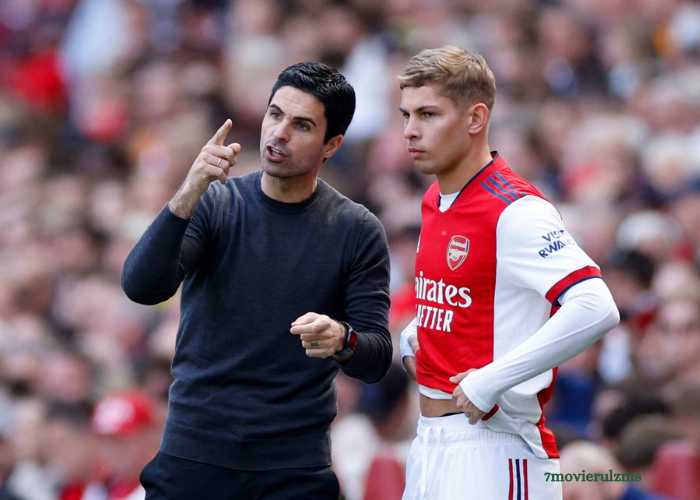In the realm of human endeavor, few pursuits captivate the masses quite like the spectacle of athletic competition. Whether it’s the thunderous roar of a stadium packed with fervent fans or the solitary intensity of an athlete pushing their limits, the world of sports is a tapestry woven with excitement, drama, and challenges.
From the grand stages of international tournaments to the grassroots events in local communities, the allure of sports transcends boundaries, uniting people in a shared passion for physical prowess and competitive spirit.
At its core, the allure of sports lies in its ability to ignite passion and inspire greatness. Each competition serves as a platform for athletes to showcase their skills, pushing the boundaries of human potential in pursuit of victory. From the breathtaking speed of sprinters on the track to the graceful precision of gymnasts in the air, every discipline offers its own unique blend of athleticism and artistry, captivating audiences with displays of sheer talent and dedication.
Yet, behind the glitz and glamour of sports lie a myriad of challenges that athletes must navigate on their journey to success. From the grueling demands of training regimens to the ever-present specter of injury, the path to greatness is fraught with obstacles that test the resolve of even the most seasoned competitors.
Injuries, in particular, can be a devastating setback, sidelining athletes and disrupting their pursuit of excellence. However, it is often in overcoming these challenges that athletes demonstrate their true strength of character, showcasing resilience, determination, and unwavering commitment to their craft.
Moreover, the landscape of sports is constantly evolving, shaped by a myriad of factors ranging from technological advancements to shifting societal norms. In an era dominated by digital media and social networking, athletes must navigate an increasingly complex web of pressures both on and off the field.
The rise of social media, in particular, has revolutionized the way athletes interact with fans and sponsors, offering unprecedented opportunities for exposure and engagement. However, it has also exposed them to heightened scrutiny and criticism, with every triumph and setback played out in the unforgiving spotlight of public opinion.
Furthermore, the globalization of sports has brought both opportunities and challenges to athletes and organizers alike. International competitions such as the Olympics and the FIFA World Cup serve as showcases for the world’s best athletes, bringing together diverse cultures and nations in celebration of sporting excellence.
However, they also present logistical and organizational hurdles, requiring meticulous planning and coordination to ensure smooth execution. Moreover, the increasing commercialization of sports has led to concerns about equity and fairness, with issues such as doping and corruption casting a shadow over the integrity of competition.
Despite these challenges, the enduring appeal of sports continues to captivate hearts and minds around the world. From the euphoria of victory to the agony of defeat, the emotional rollercoaster of athletic competition resonates with audiences on a deeply human level, transcending linguistic, cultural, and geographical barriers.
In a world fraught with division and discord, sports have the power to unite people in a shared celebration of human achievement and resilience.
In conclusion, the world of sports is a multifaceted tapestry woven with excitement, challenges, and triumphs. From the adrenaline-fueled thrills of competition to the behind-the-scenes struggles of athletes, the dynamic nature of sports never fails to captivate and inspire.
As we continue to push the boundaries of human potential and explore new frontiers in athletic excellence, one thing remains certain: the spectacle of sports will continue to enthrall and enchant audiences for generations to come.




